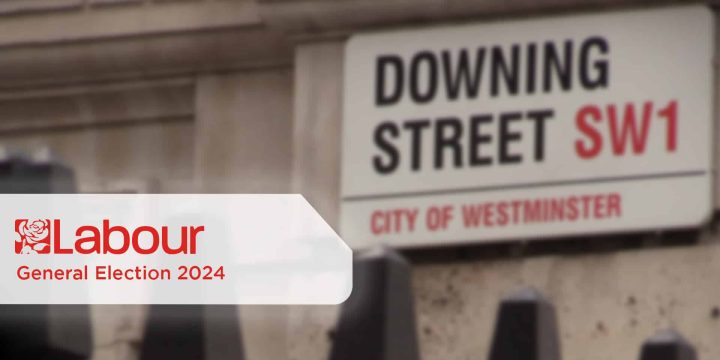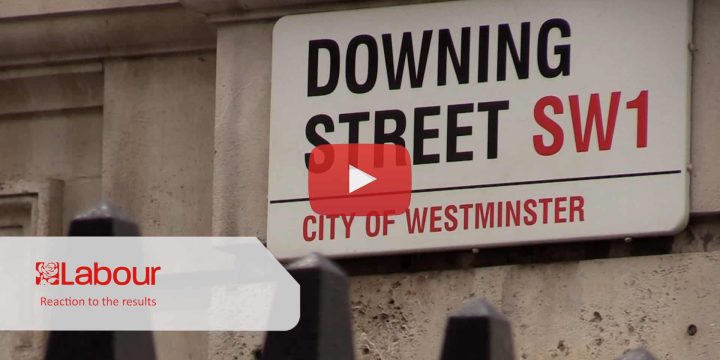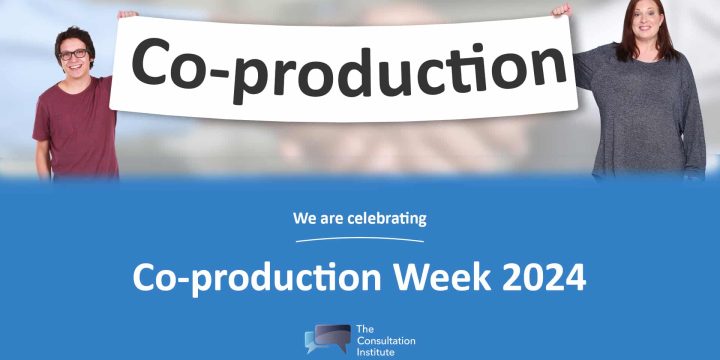News & Insights
COVID-19 tCI NHS advice
It is clear from the news and from enquiries to the Consultation Institute that NHS organisations are needing to make rapid and emergency changes to how they deliver their services as a rapid response to the COVID emergency.
The drivers for change include creating separate facilities, sometimes on different sites, for COVID and non-COVID services, bringing together services to make the best use of available clinical capacity, higher than usual staff absence, and ultimately to provide and maintain a high standard of clinical care for patients. In some cases more routine services have been suspended completely.
Many of these changes involve changing the location of services and the way in which people access them. For example the greater use of clinical consultation over web-cam, or the amalgamation of services such as midwifery and A&E onto fewer sites. For a number of instances this is accelerating changes that health systems were already planning, with associated engagement and consultation processes running alongside. In most cases these processes have been suspended locally using a legitimate argument of the need for emergency actions to be taken. And potentially most, if not all services are affected as the NHS rapidly puts in place what is needed to protect the public.
In normal circumstances these are the types of changes that require consultation with the public and often are highly contentious. However, in an emergency the NHS is able to make changes without consultation in the interests of protecting the health of the public. Guidance exists in all four nations about how the NHS should handle service change and consultation, arrangements for temporary changes and the requirements once the need for temporary arrangements has passed. This guidance is derived from similar statutory duties to consult the public established in the various Acts that govern the NHS across the four nations. Extracts from the relevant guidance for the NHS in each of the four nations is included at the end of this document.
A key feature of this guidance, even for emergency changes is a high level of quality communication with the public, particularly where changes in access arrangements might need to be put in place – for example rationalising A&E provision in an area and changing the location for where people need to access services. Equally a common requirement is that once the need for temporary arrangements has passed organisations will need to engage and consult through the usual mechanisms should organisations wish to make those arrangements permanent.
And we believe that organisations, can and will in due course wish to make some of these changes permanent. NHS organisations are effectively going to be piloting new ways of working in real time over the next few months. While we understand organisations are extremely busy, we highlight that this is an opportunity to capture information from the public and stakeholders about how these changes are affecting people in practice and the mitigation that has been put in place. For example, what is the impact on the most vulnerable and isolated in communities including those with protected characteristics under the various four nations Equality Acts.
We believe putting in these arrangements now: strong communication, feedback from stakeholders, and, understanding the impact on the vulnerable, alongside understanding the clinical impact, will stand organisations in good stead when they come to consider what their organisations might look like when they move to the recovery phase of the pandemic.
Northern Ireland
DEPARTMENT OF HEALTH POLICY GUIDANCE CIRCULAR
CHANGE OR WITHDRAWAL OF SERVICES – Guidance on Roles and Responsibilities (26 November 2014)
Wales
GUIDANCE FOR ENGAGEMENT AND CONSULTATION ON CHANGES TO HEALTH SERVICES
England
Planning, assuring and delivering service change for patients 2018
Scotland
INFORMING, ENGAGING AND CONSULTING PEOPLE IN DEVELOPING HEALTH AND COMMUNITY CARE SERVICES
This guidance does not appear to have a specific reference to how to handle temporary service changes.






